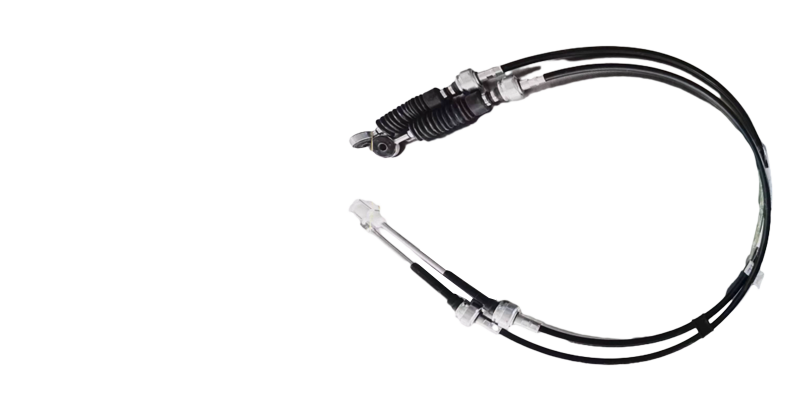Understanding Gear Shift Linkage Cable Mechanisms for Smooth Gear Transitions
Understanding Gear Shift Linkage Cables Mechanics and Importance
The gear shift linkage cable is an essential component of modern vehicles, playing a critical role in the smooth operation of the transmission system. This article delves into the mechanics, significance, and common issues related to gear shift linkage cables, helping readers appreciate their importance in automotive engineering.
What is a Gear Shift Linkage Cable?
The gear shift linkage cable serves as the connection between the gear shifter in the vehicle's cabin and the transmission system. When the driver moves the gear shift lever, the cable transmits this motion to the transmission, allowing for seamless changes between gears. The design of the linkage can vary widely between different models and makes of vehicles, but the core purpose remains consistent to ensure that the driver’s input translates accurately to the desired gear selection.
Types of Gear Shift Linkage Cables
There are primarily two types of gear shift linkage cables mechanical and electronic
.1. Mechanical Linkage This traditional method uses physical cables and rods to connect the gear lever to the transmission. When the driver pulls or pushes the gear lever, the cable moves the corresponding linkages in the transmission. Mechanical systems provide tactile feedback, allowing drivers to feel the engagement of gears.
2. Electronic Linkage With the advancement of technology, many newer models utilize electronic shift linkages. These systems rely on sensors and actuators to communicate the driver’s intentions to the transmission control unit (TCU). Electronic systems may offer more precise control and can incorporate features like automatic shifting and adaptive driving modes.
Why Gear Shift Linkage Cables Matter
The functionality of a vehicle's transmission system lies heavily on the integrity of the gear shift linkage cable. A well-functioning cable ensures
gear shift linkage cable

- Smooth Gear Changes A properly adjusted and functional cable facilitates seamless transitions between gears, enhancing the driving experience. - Driver Confidence Knowing that the gear shift can be relied upon gives drivers confidence in their vehicle’s performance. Any uncertainty from gear shifting issues can cause anxiety, which can affect overall driving safety.
- Vehicle Performance Issues with the linkage cable can lead to delays or incorrect gear selection, adversely impacting acceleration, fuel efficiency, and even engine health. A dysfunctional cable can hinder a driver’s ability to respond effectively in critical driving situations.
Common Issues with Gear Shift Linkage Cables
Like any mechanical component, gear shift linkage cables can experience wear and tear over time. Here are some common issues
1. Cable Fraying or Damage Over time, exposure to heat, moisture, and vibrations can cause the cable to fray or become damaged. This degradation can lead to inconsistent gear changes or, in severe cases, a complete loss of gear selection.
2. Misalignment Improper installation or damage to the cable can cause misalignment, leading to difficulty in shifting gears. If a cable is out of alignment, it may not engage or disengage the transmission correctly.
3. Corrosion Cables exposed to the elements may develop rust or corrosion, particularly in regions with harsh weather conditions. This can lead to stiffness and eventually failure of the cable.
4. Inflation of Insulation Often, the insulation around the cable may swell, impacting its flexibility and function. This can result in the cable binding or breaking during operation.
Conclusion
In conclusion, the gear shift linkage cable is a vital part of a vehicle's transmission system, providing the necessary connection between the driver’s intentions and the mechanical workings of the car. Understanding its function and potential issues is crucial for every vehicle owner. Regular maintenance and inspections can help mitigate problems, ensuring a safe and enjoyable driving experience. By recognizing the importance of this seemingly simple component, drivers can appreciate the intricate engineering that contributes to modern vehicle performance.
-
Workings of Clutch Pipe and Hose SystemsNewsJun.04,2025
-
The Inner Workings of Hand Brake Cable SystemsNewsJun.04,2025
-
The Secrets of Throttle and Accelerator CablesNewsJun.04,2025
-
The Hidden Lifeline of Your Transmission Gear Shift CablesNewsJun.04,2025
-
Demystifying Gear Cables and Shift LinkagesNewsJun.04,2025
-
Decoding Clutch Line Systems A Comprehensive GuideNewsJun.04,2025
